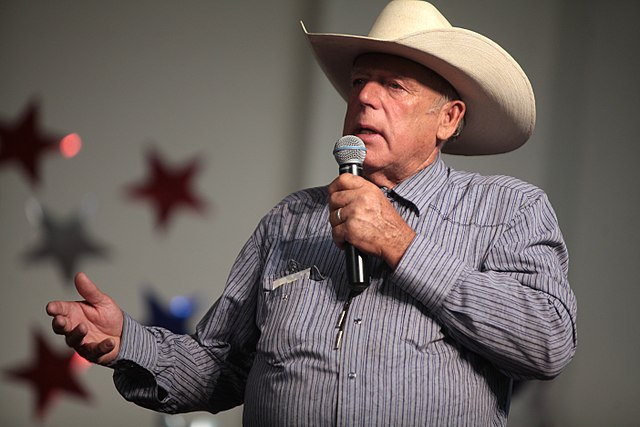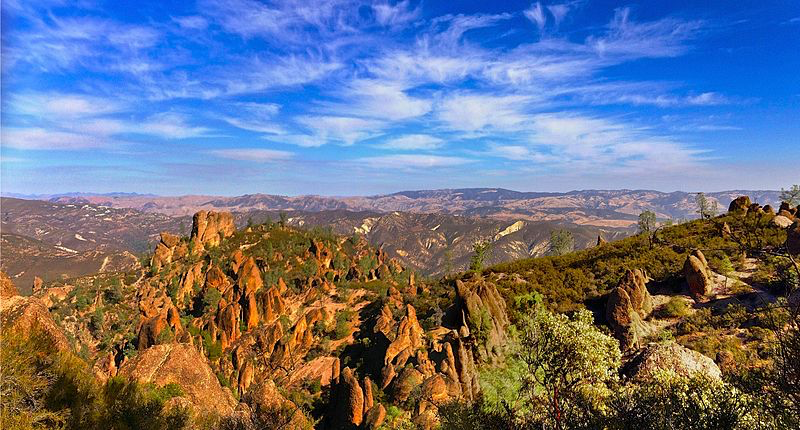Cliven Bundy owes the federal government more than $1 million in civil penalties related to livestock trespass. (Historically, when Bundy did pay his federal grazing fee, he was an expert on government subsidies, as federal grazing fees cost the federal government at least $6 for every $1 generated in revenues.) Despite two court orders that such grazing is trespass and therefore illegal, Bundy bovines still illegally graze on federal public lands that have long been declared an Area of Critical Environmental Concern and more recently proclaimed as Gold Butte National Monument. What, if anything, will the Interior Department and its Bureau of Land Management do now?
Timeline of Livestock Trespass
The Bundy clan first began grazing their livestock on federal public lands in 1954, were granted their first federal grazing permit in 1973, and paid their paltry federal grazing fee until 1993, when they ended the practice. For 1994, Bundy sent the amount of his federal grazing fee to Clark County, Nevada, because in his worldview, the only true sovereign government is the county, not the state nor the federal government. Clark County refused the payment for lack of jurisdiction.
Two federal judges (in 1998 and 2013, a span of fifteen years) enjoined Bundy from illegally grazing his livestock on federal public lands. The BLM finally attempted to round up the illegal livestock in 2014. A few days after the agency started its roundup effort, heavily armed wackos converged on the Bundy compound and forced BLM officials to release the cattle at gunpoint.
All along, Bundy has been selling cattle from his herd illegally grazing on federal public lands.
Adding Injury to Insult: The Bundy Cattle and Desert Tortoise Conservation
In 1989, the Fish and Wildlife Service (FWS) granted Endangered Species Act protection to the desert tortoise because of widespread destruction of its habitat due to livestock grazing, urbanization, and other factors.
In 1991, the FWS issued a draft Biological Opinion outlining guidelines to minimize grazing conflicts with desert tortoise conservation. At the request of the BLM, implementation was delayed until 1993, coincidentally the year Bundy stopped paying his grazing fee.
In 1998, a new BLM Resource Management Plan for the Las Vegas field office allowed for the closure of grazing allotments—including the infamous Bunkerville allotment, now illegally occupied by Bundy’s livestock—to aid desert tortoise conservation. Clark County, as part of mitigating the multiple habitat destruction sins of the urban blob of Las Vegas, paid several BLM federal grazing permittees to end their grazing. Bundy would have been eligible to receive a golden saddle payment from Clark County for his interest in the federal grazing allotment, but, alas, he had no permit, hence no interest.



















